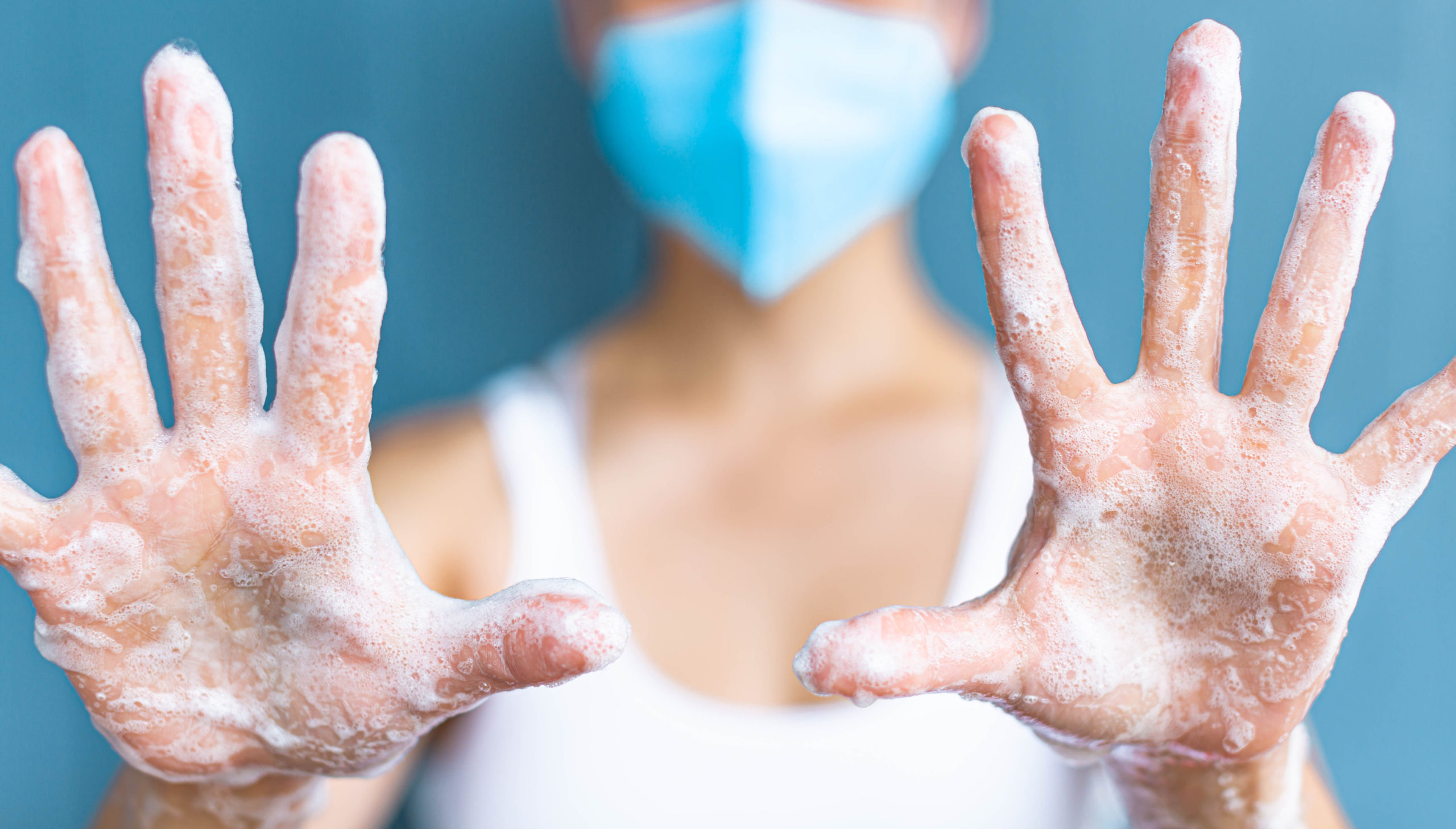The Spread of COVID-19 Has Changed the Way the World Thinks About Handwashing.
The rapid spread of coronavirus and the quick sellout of hand sanitizer at many retailers has put hand hygiene front and center on the global stage. From viral social media posts to regular announcements from public health officials, the focus on handwashing proves that the oldest hygiene solution in the world is still the most effective.
Sanitizer is not a substitute for soap.
Hand sanitizer was first to fly off the shelves, but hand soap is now one of the most sold out items in stores. Hygiene education surrounding COVID-19 is teaching people everywhere that sanitizer is a convenient secondary option when on-the-go, but handwashing is still the gold standard. If you haven’t seen it yet, check out this teacher’s “bread experiment” that shows the difference between washing with soap and sanitizer and the effects of cross-contamination.
If it wasn’t 20 seconds, you didn’t wash your hands.
From Kristin Bell’s viral black light image to Dr. Oz’s tutorials or Kristin Chenoweth’s musical TikTok videos, pop culture icons are joining in the effort to educate the public on proper hand hygiene. Thanks to regular reminders from the CDC, the WHO, and a few key visuals, the public is gaining a much deeper understanding of the importance of a full 20-second handwash.

Action Items to Meet the New Standard
With a heightened focus and education on hand hygiene, consumers will have a higher expectation for handwashing in the food industry. PathSpot has compiled aggregate data from scanning millions of hands. We recently released a graphic showing the most frequent contamination “hot spots” that are missed during handwashing.
With this knowledge comes power! Here are some actionable steps you can take at home or with your food handling team to level up your hand hygiene practices.

Clean & clip nails
According to PathSpot data, fingertips were the most common source of contamination. Regular nail grooming to avoid accumulating bacteria under long fingernails and using a nail brush like this one with every handwash are great ways to tackle this problem.
Avoid nail polish and fake nails
Food handling teams may prohibit the use of nail polish or fake nails as bacteria and contamination love to cling to the ridges of nail polish or in the microscopic cracks in the paint. For consumers that love their acrylic nails, it’s important to adopt a regular cleaning habit to remove contamination the collects under the nails.
Remove jewelry or sanitize daily
Jewelry is another great place for bacteria to accumulate and even with regular handwashing, bacteria is more difficult to remove when wearing rings. For food handlers, removal of all hand jewelry is important. For the consumer, it will help to take off and sanitize jewelry with an anti-bacterial wipe every day.
Don’t forget your wrists
The most commonly overlooked area in handwashing isn’t even on your hands – it’s your wrists! While they may seem safe, most experts recommend that handwashing should go up to 2 inches past the edge of your palms.


